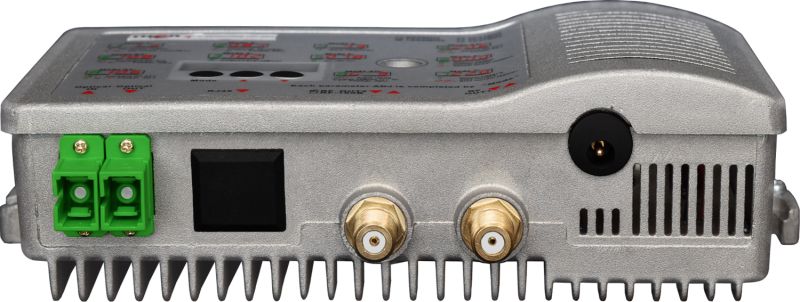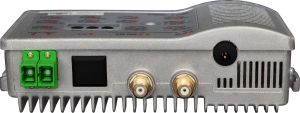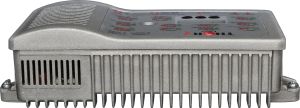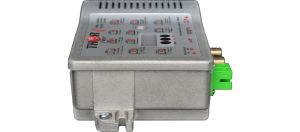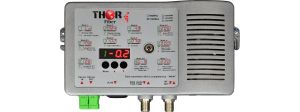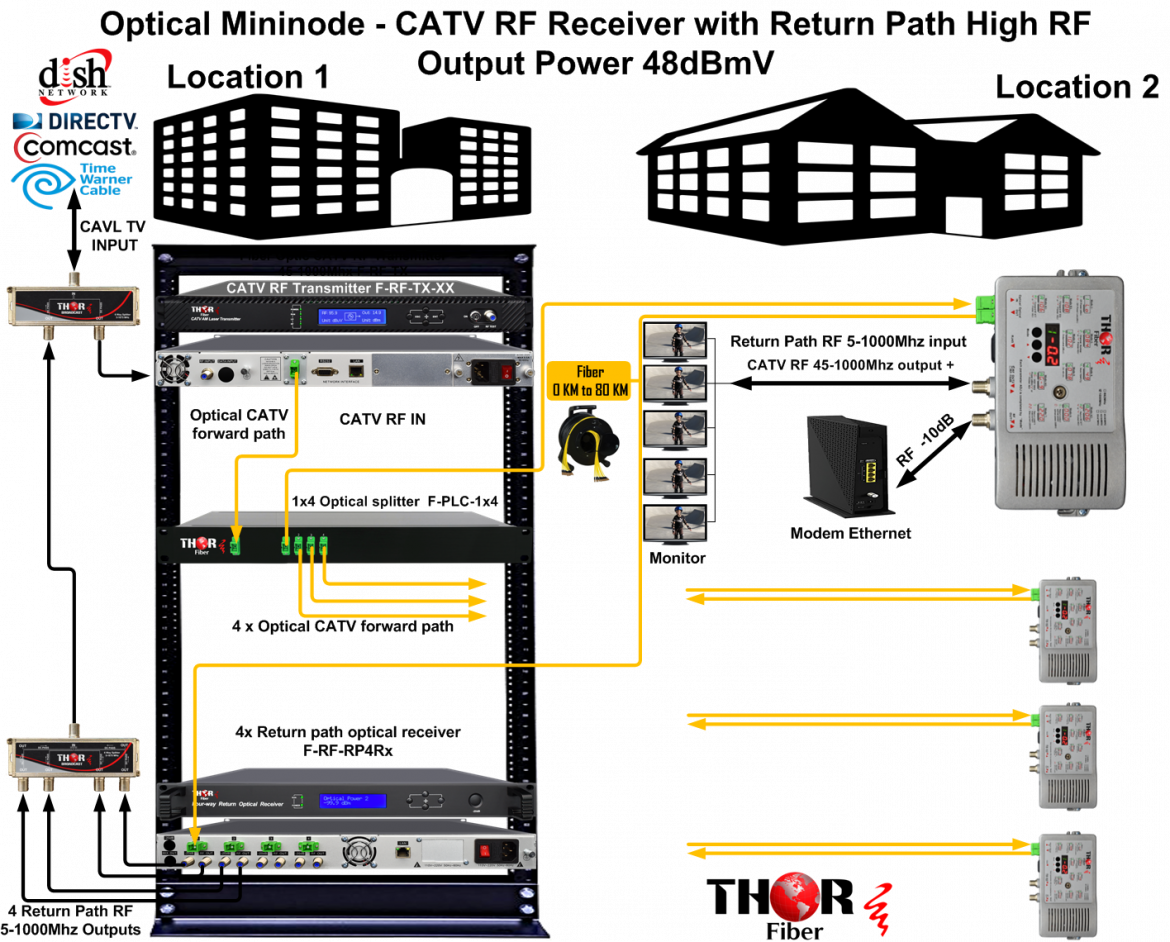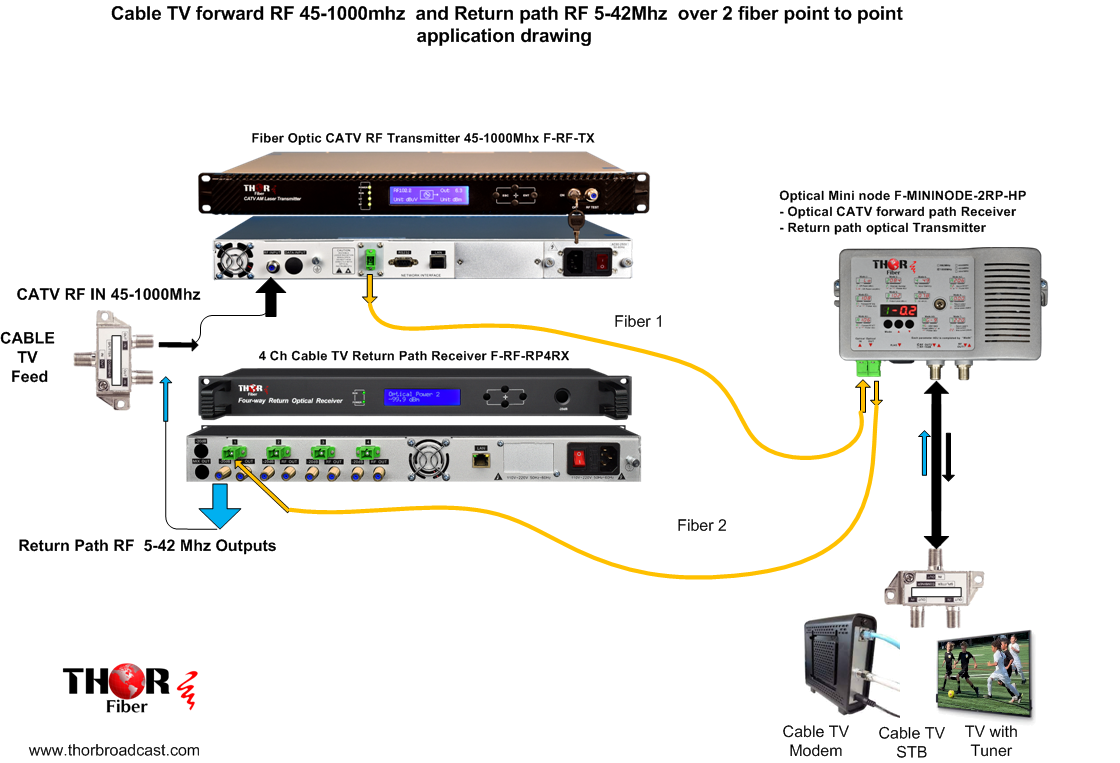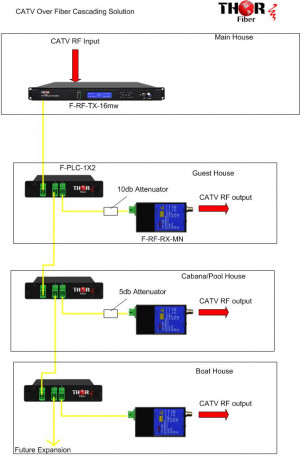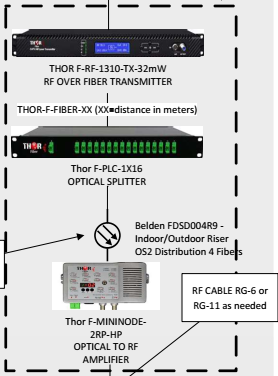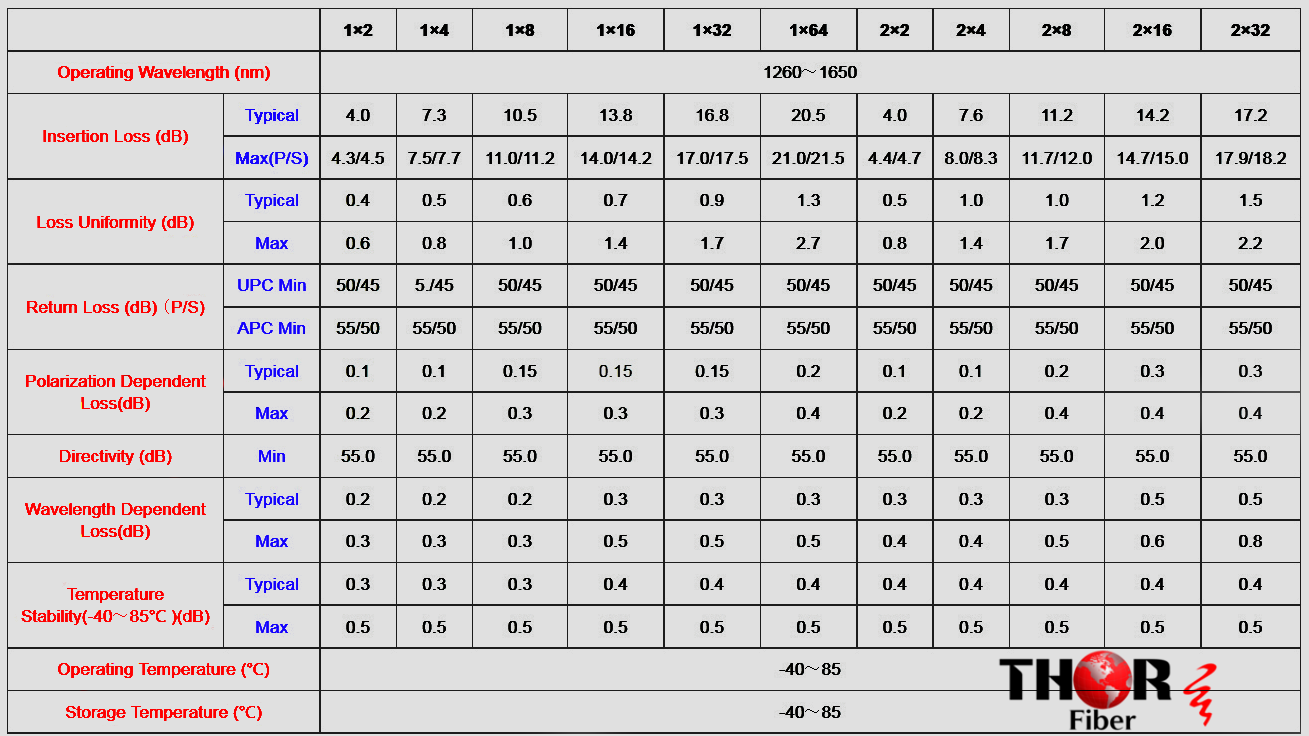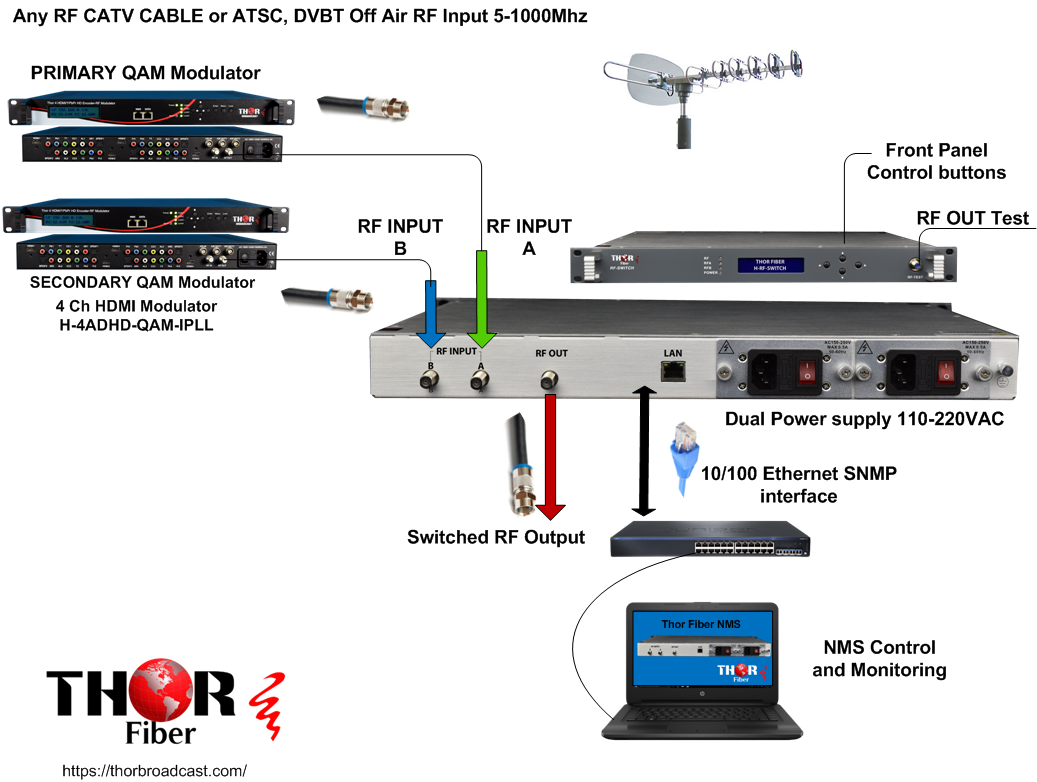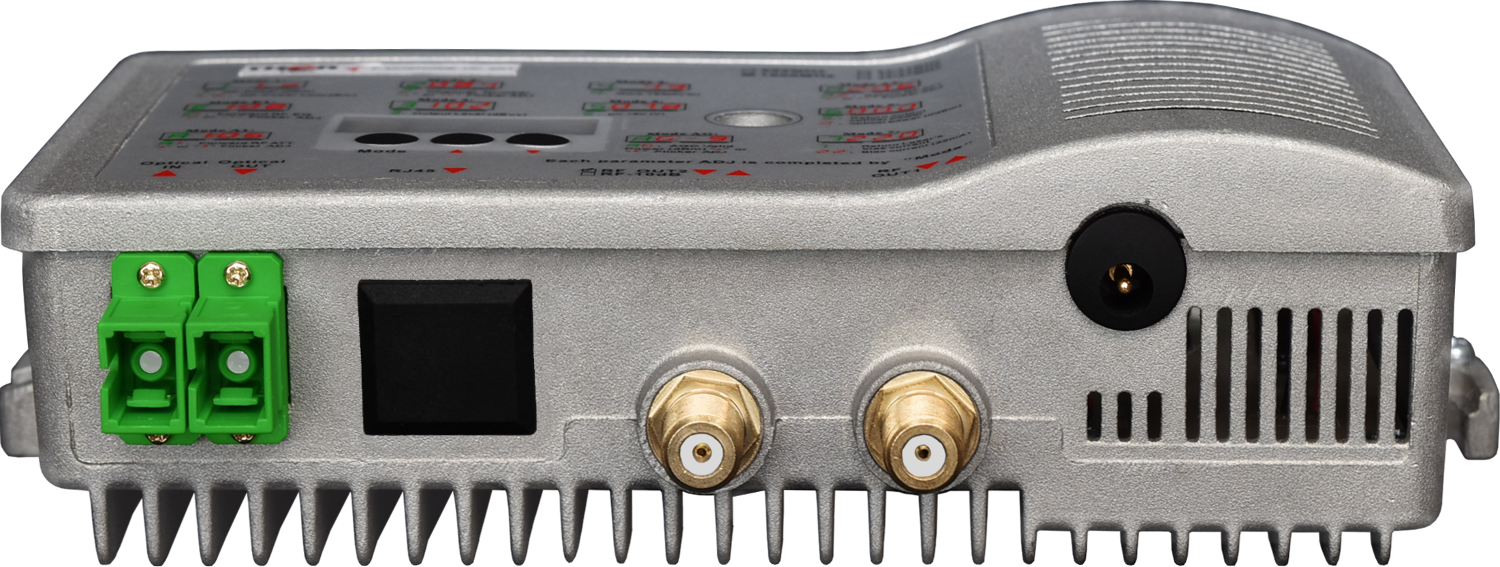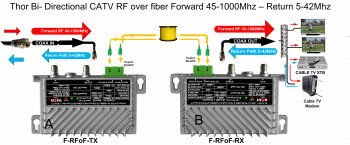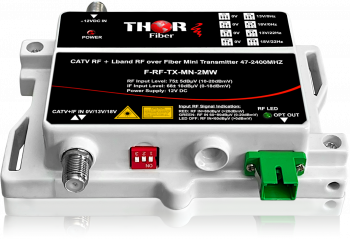Answer: I think the part that maybe throwing you off is that the way we calculate optical power needed is in reverse. The splitter is the largest optical loss device in the drawing, so we count backwards on how many receivers you need, then splitter, then in turn we tell you how much power the transmitter needs to have.
You can not put two 1x16 splitters in line with that transmitter, the signal won't even make it past the splitter. It's too much loss.
That's why I'm asking you not to look at the picture, but to tell me exactly what the needs of the project are.
So if you have 21 end points then you need a 1x32 splitter
https://thorbroadcast.com/product/1-x-2-to-1-x-128-fiber-optic-couplers.html/228
But since you're dealing with one building and different floors, you should be able to get away with one transmitter, 1x32 splitter, and then XXX receivers; I think 21 as you mentioned is probably the correct number.
So long as they have singlemode fiber in place, we can help with everything else.
Just make sure it has SC/APC connectors; otherwise we also sell jumpers if you get any other kind of termination installed.

 EN
EN


